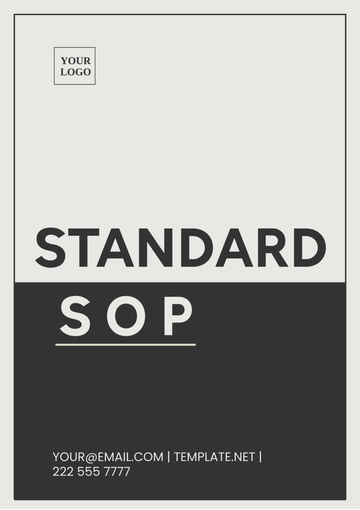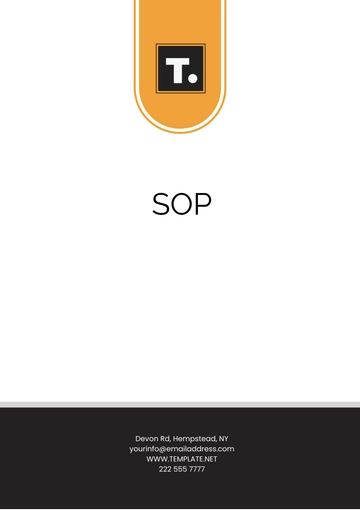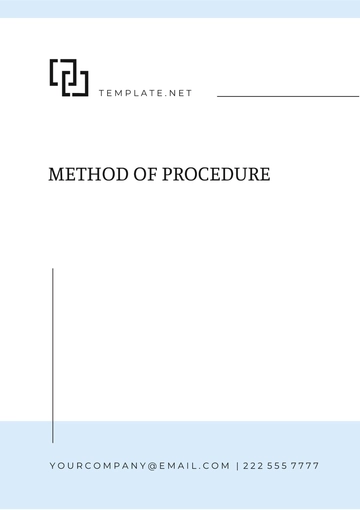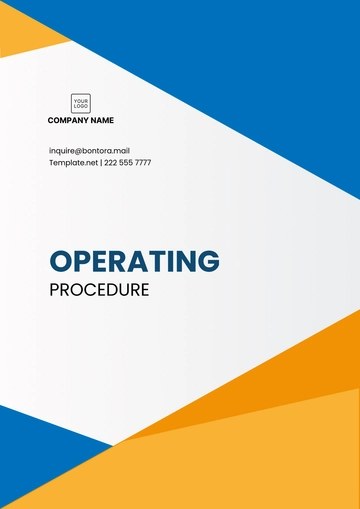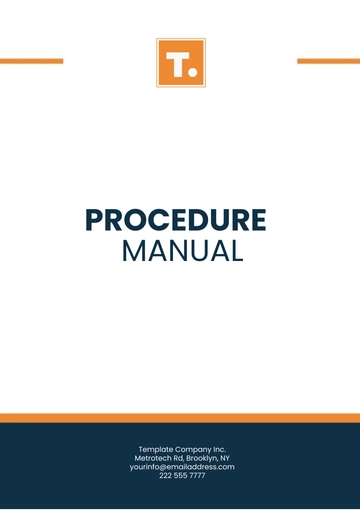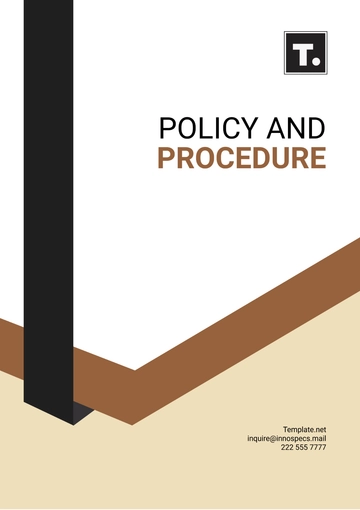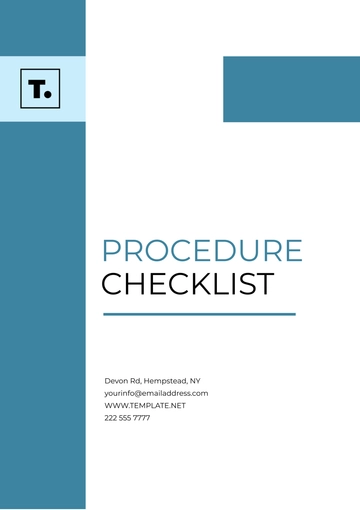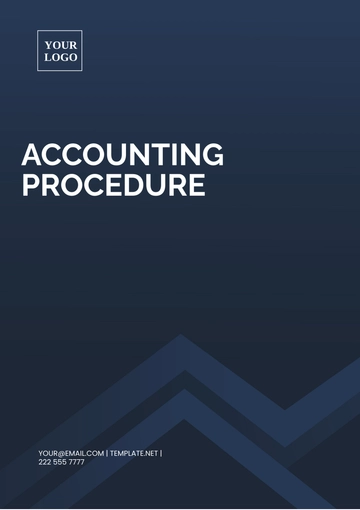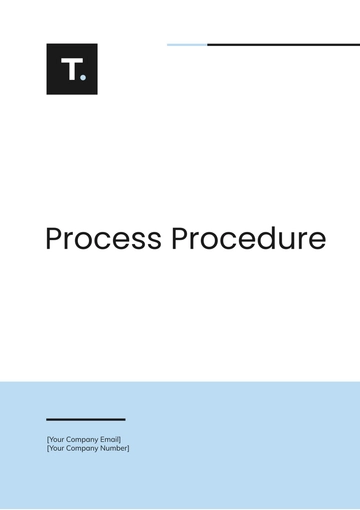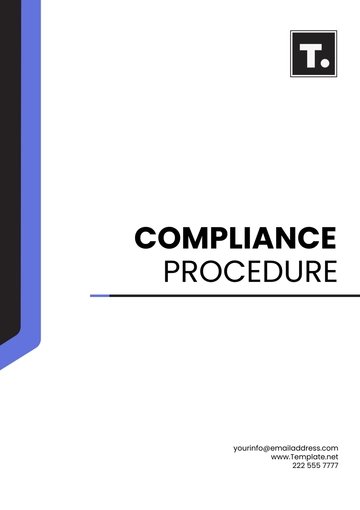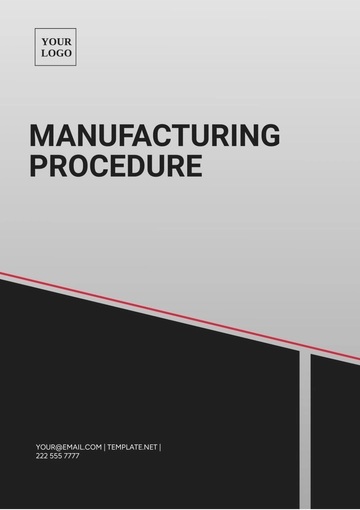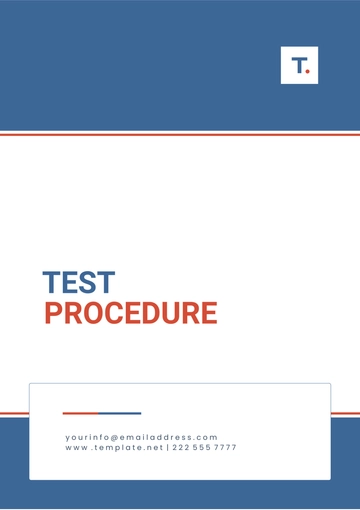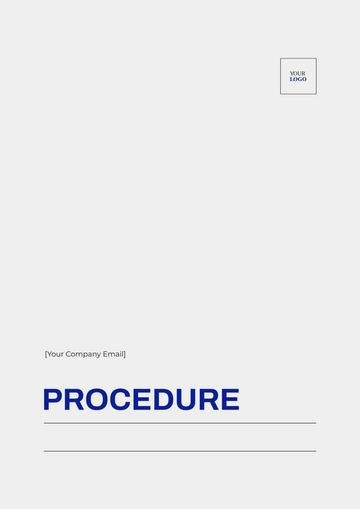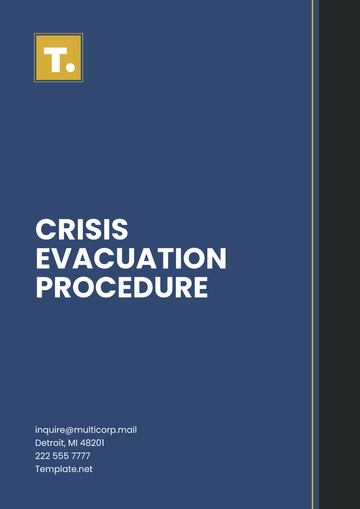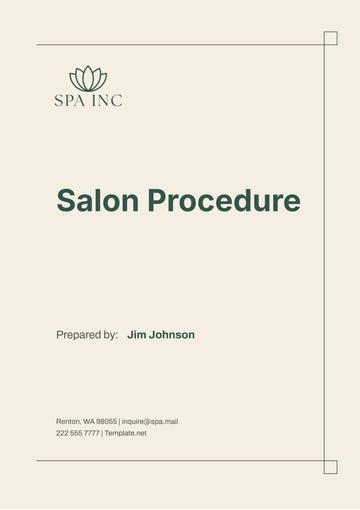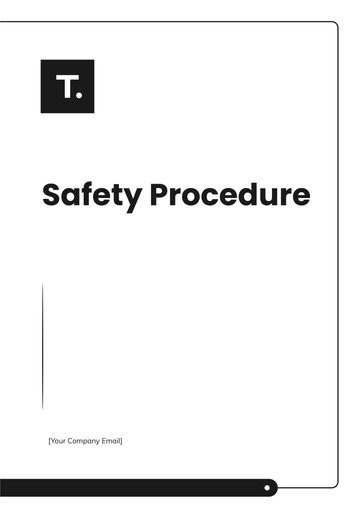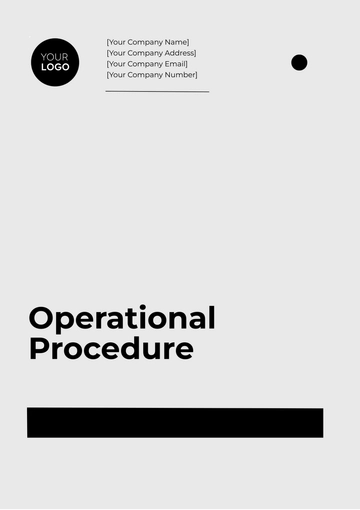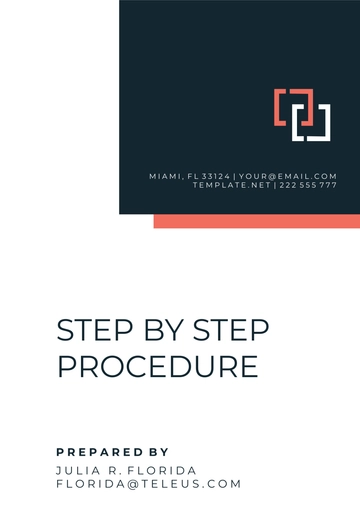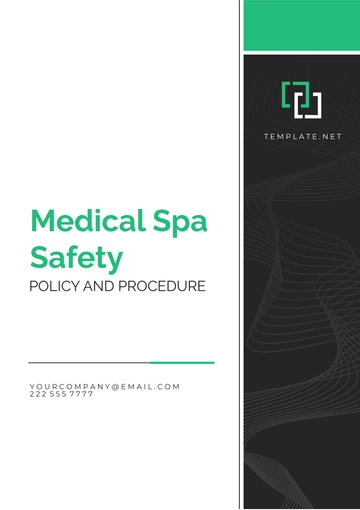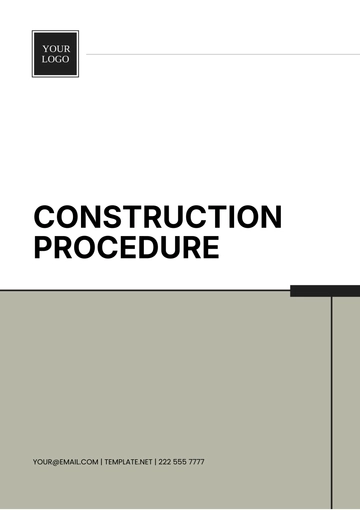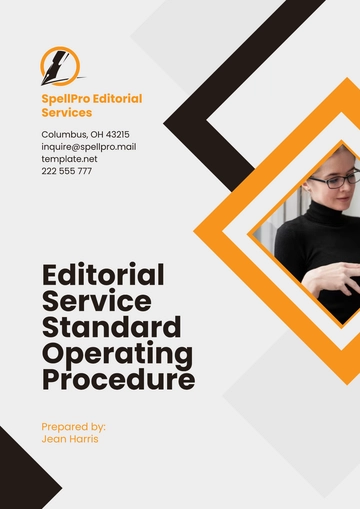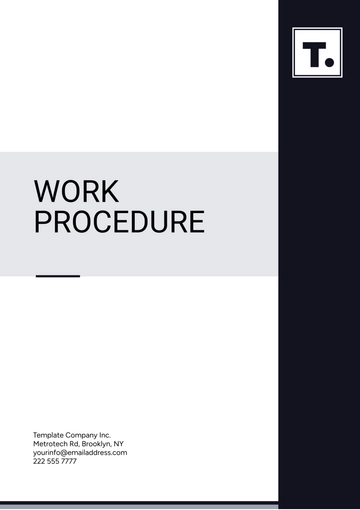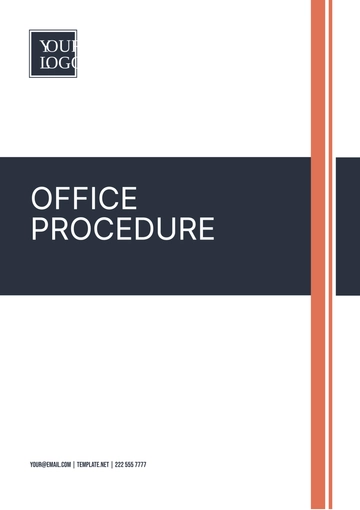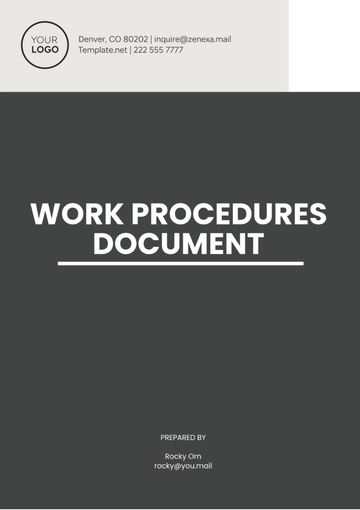Free School Staff Hiring Procedure
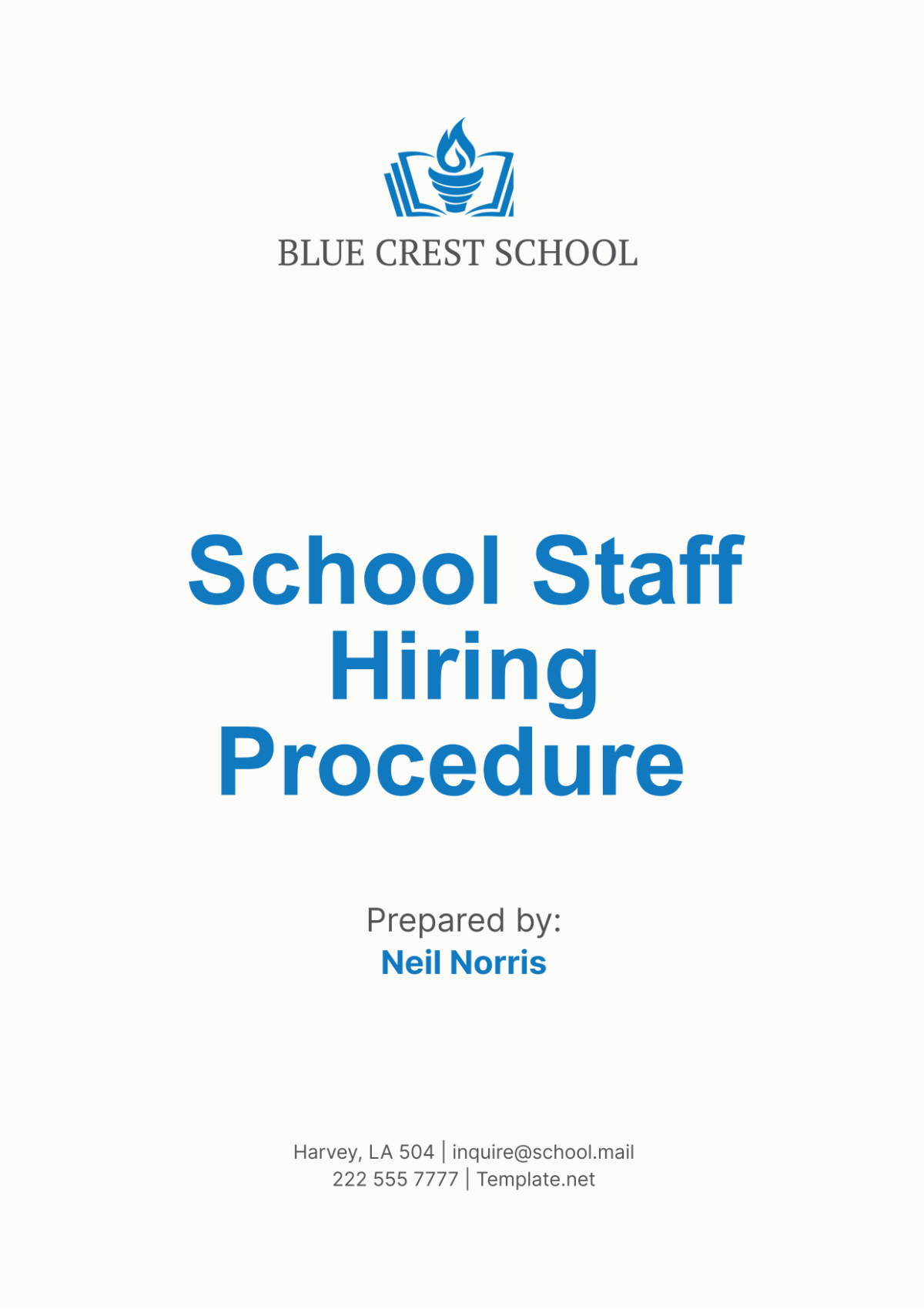
Introduction
This comprehensive School Staff Hiring Procedure outlines the detailed steps and guidelines for recruiting, selecting, and onboarding new staff members at [Your Company Name]. Our goal is to attract and retain highly qualified and motivated individuals who are dedicated to fostering a supportive and enriching educational environment. This procedure ensures that our hiring practices are fair, consistent, and aligned with our school’s mission and values.
1. Recruitment Process
Job Analysis and Position Description
Identify the Need: The hiring process begins with identifying the need for a new staff member. This need could arise from staff resignations, retirements, expansion of programs, or other organizational changes.
Job Analysis: Conduct a thorough job analysis to define the responsibilities, duties, and qualifications required for the position. This involves consulting with current staff, reviewing job descriptions, and analyzing the needs of the school.
Position Description: Develop a clear and detailed position description based on the job analysis. This description should include the job title, reporting structure, key responsibilities, required qualifications, and any specific skills or certifications needed.
Job Posting and Advertisement
Internal Posting: Post the job opening internally to encourage current staff to apply or refer qualified candidates. This can be done through internal communications channels such as email, staff meetings, and the school's intranet.
External Advertisement: Advertise the job opening externally to attract a diverse pool of candidates. Utilize various platforms, including:
School Website: Post the job opening on the school’s official website.
Job Boards: Use educational job boards such as TeachAway, Education Week, and local job boards.
Social Media: Leverage social media platforms like LinkedIn, Facebook, and Twitter to reach a broader audience.
Professional Networks: Notify professional networks and associations related to education and teaching.
Local Community: Advertise in local newspapers and community bulletin boards.
Application Process
Application Submission: Candidates are required to submit their applications through the specified channel, typically an online application portal or email. Required documents usually include a resume, cover letter, and references.
Application Review: The hiring committee reviews all applications to ensure they meet the minimum qualifications and criteria specified in the job description. Applications that do not meet the criteria are set aside.
Pre-Screening: Conduct an initial pre-screening of qualified candidates. This may include a brief phone interview to assess the candidate’s interest, availability, and basic qualifications.
2. Selection Process
Interview Process
Scheduling Interviews: Schedule interviews with selected candidates. Ensure that the interview panel includes diverse representatives, such as administrators, department heads, and current teachers.
Interview Preparation: Prepare a standardized set of interview questions that align with the job requirements. Questions should assess the candidate’s experience, skills, teaching philosophy, and compatibility with the school’s culture.
Conducting Interviews: Conduct interviews in a professional and welcoming environment. The interview process typically includes:
Introduction: Briefly introduce the interview panel and provide an overview of the school and the position.
Questioning: Ask the prepared questions, allowing candidates to elaborate on their experiences and qualifications.
Candidate Questions: Allow time for candidates to ask questions about the school, the position, and the working environment.
Closing: Conclude the interview by explaining the next steps in the hiring process and the expected timeline for decisions.
Assessment and Evaluation
Teaching Demonstration: For teaching positions, request candidates to conduct a teaching demonstration or present a lesson plan. This allows the panel to assess the candidate’s teaching style, classroom management skills, and subject knowledge.
Skills Assessment: Depending on the position, additional skills assessments may be conducted. For example, administrative roles might require proficiency tests in office software, while counseling positions may include scenario-based assessments.
Reference Checks: Contact the references provided by the candidate to verify their previous employment, job performance, and professional conduct. Ask specific questions related to the candidate’s strengths, weaknesses, and suitability for the role.
Decision-Making
Panel Discussion: The interview panel meets to discuss and evaluate each candidate. Considerations include interview performance, teaching demonstration, skills assessment, and reference feedback.
Ranking Candidates: Rank candidates based on their overall suitability for the position. Use a standardized evaluation form to ensure consistency and fairness in the assessment process.
Final Selection: The panel makes a final selection and recommends the candidate to the school principal or hiring authority for approval.
3. Job Offer and Onboarding
Job Offer
Offer Letter: Prepare a formal job offer letter that includes the job title, start date, salary, benefits, and any other relevant terms and conditions. Ensure that the offer is competitive and in line with school policies.
Offer Communication: Contact the selected candidate to extend the job offer verbally, followed by sending the formal offer letter. Provide the candidate with a reasonable timeframe to accept or decline the offer.
Negotiation: Be open to reasonable negotiations regarding salary, benefits, or other terms. Ensure that any agreed-upon changes are documented in writing.
Pre-Employment Checks
Background Check: Conduct a thorough background check, including criminal history, employment verification, and educational credentials. This ensures the safety and integrity of the school environment.
Medical Examination: Depending on school policy, a pre-employment medical examination may be required to ensure the candidate is fit for the role.
Certification Verification: Verify that the candidate holds the necessary certifications and licenses required for the position. This is particularly important for teaching and counseling roles.
Onboarding
Orientation Program: Develop a comprehensive orientation program to familiarize new staff members with the school’s policies, procedures, and culture. This program typically includes:
Introduction to Key Staff: Introduce the new employee to administrators, department heads, and colleagues.
School Tour: Provide a tour of the school facilities, including classrooms, offices, and common areas.
Policy Review: Review important school policies, such as code of conduct, safety protocols, and emergency procedures.
Training Sessions: Schedule training sessions on essential topics, such as technology use, curriculum standards, and classroom management.
Mentorship Program: Assign a mentor to the new staff member to provide guidance and support during the initial transition period. The mentor should be an experienced and approachable colleague who can help the new employee navigate their new role.
Performance Goals: Set clear performance goals and expectations for the new staff member. These goals should be specific, measurable, achievable, relevant, and time-bound (SMART). Regular check-ins and feedback sessions should be scheduled to monitor progress and provide support.
Probationary Period: Establish a probationary period during which the new employee’s performance is closely monitored. Provide constructive feedback and support to help the new staff member succeed. At the end of the probationary period, conduct a formal evaluation to confirm the employee’s suitability for the role.
4. Continuous Improvement
Feedback and Evaluation
Hiring Process Review: Regularly review and evaluate the effectiveness of the hiring process. Gather feedback from interview panel members, new hires, and other stakeholders to identify areas for improvement.
Candidate Experience: Solicit feedback from candidates about their experience during the hiring process. Use this feedback to enhance the recruitment and selection procedures, ensuring a positive and professional experience for all candidates.
Staff Retention: Monitor staff retention rates and conduct exit interviews with departing employees to understand their reasons for leaving. Use this information to improve the work environment and address any issues that may impact staff retention.
Professional Development
Ongoing Training: Provide ongoing professional development opportunities for all staff members. This includes workshops, seminars, and training programs that align with the school’s goals and the individual’s career aspirations.
Career Advancement: Create clear pathways for career advancement within the school. Encourage staff to pursue advanced certifications, degrees, and leadership roles.
Performance Appraisals: Conduct regular performance appraisals to provide feedback, recognize achievements, and identify areas for growth. Use these appraisals to set new performance goals and development plans.
Inclusivity and Diversity
Diverse Hiring Practices: Ensure that hiring practices promote diversity and inclusivity. Actively seek candidates from diverse backgrounds and create an inclusive interview process.
Cultural Competency: Provide training on cultural competency and inclusivity to all staff members. This training should emphasize the importance of creating an inclusive environment for students and staff.
Equal Opportunity: Maintain equal opportunity employment practices and ensure that all candidates are evaluated based on their qualifications and merits, without discrimination.
Conclusion
The School Staff Hiring Procedure at [Your Company Name] is designed to attract, select, and retain highly qualified and motivated individuals who are dedicated to providing an excellent education for our students. By following these detailed steps and guidelines, we ensure that our hiring practices are fair, consistent, and aligned with our school’s mission and values. The continuous improvement of our hiring process, professional development opportunities, and commitment to diversity and inclusivity will help us build a strong and effective team of educators and support staff.
Contact Details
[Your Company Name]
Contact Person: [Your Name]
Email: [Your Email]
Address: [Your Company Address]
Phone Number: [Your Company Number]
Website: [Your Company Website]
Social Media: [Your Company Social Media]
This comprehensive School Staff Hiring Procedure serves as a guide to ensure that [Your Company Name] attracts and retains the best talent in the education field. By adhering to these guidelines, we can provide a supportive and enriching environment for both staff and students, fostering a culture of excellence and continuous improvement.
- 100% Customizable, free editor
- Access 1 Million+ Templates, photo’s & graphics
- Download or share as a template
- Click and replace photos, graphics, text, backgrounds
- Resize, crop, AI write & more
- Access advanced editor
Template.net offers the School Staff Hiring Procedure Template, fully editable with our AI editor tool. Simplify and streamline your recruitment process from job posting to candidate selection, ensuring clarity and efficiency. This template provides structured procedures to help your school find and hire the best educational talent effectively.
